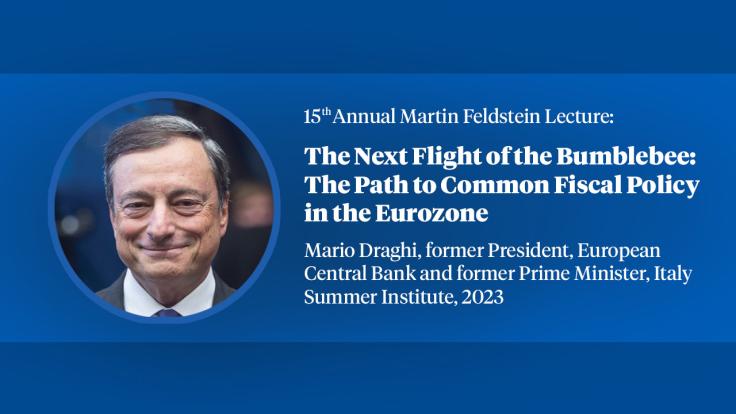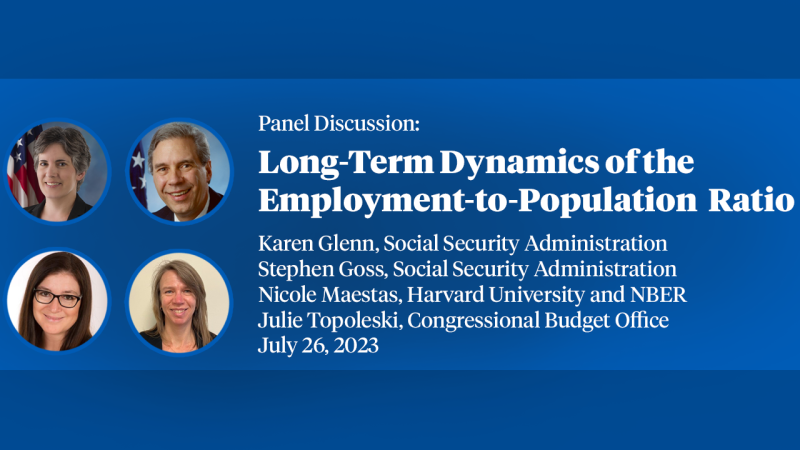CPI Bias from Supercenters: Does the BLS Know that Wal-Mart Exists?
Hausman (2003) discusses four sources of bias in the present calculation of the CPI. A pure price' index based approach of surveying prices as done by the BLS cannot succeed in solving the problems of bias. We discuss economic and econometric approaches to measuring the first order bias effects from outlet substitution bias. We demonstrate the use of scanner data that permits implementation of techniques that allow the problem to be solved. In contrast, the current BLS procedure does not treat correctly outlet substitution bias and acts as if Wal-Mart does not exist. Yet, Wal-Mart offers identical food items at an average price about 15%-25% lower than traditional supermarkets. The BLS links out' Wal-Mart's lower prices. We find that a more appropriate approach to the analysis is to let the choice to shop at Wal-Mart be considered as a new good' to consumers when Wal-Mart enters a geographic market. This approach leads to a continuously updated expenditure weighted average price calculation. We find a significant difference between our approach and the BLS approach. Our estimates are that the BLS CPI-U food at home inflation is too high by about 0.32 to 0.42 percentage points, which leads to an upward bias in the estimated inflation rate of about 15% per year.
Published Versions
CPI Bias from Supercenters: Does the BLS Know that Wal-Mart Exists?, Jerry Hausman, Ephraim Leibtag. in Price Index Concepts and Measurement, Diewert, Greenlees, and Hulten. 2009


